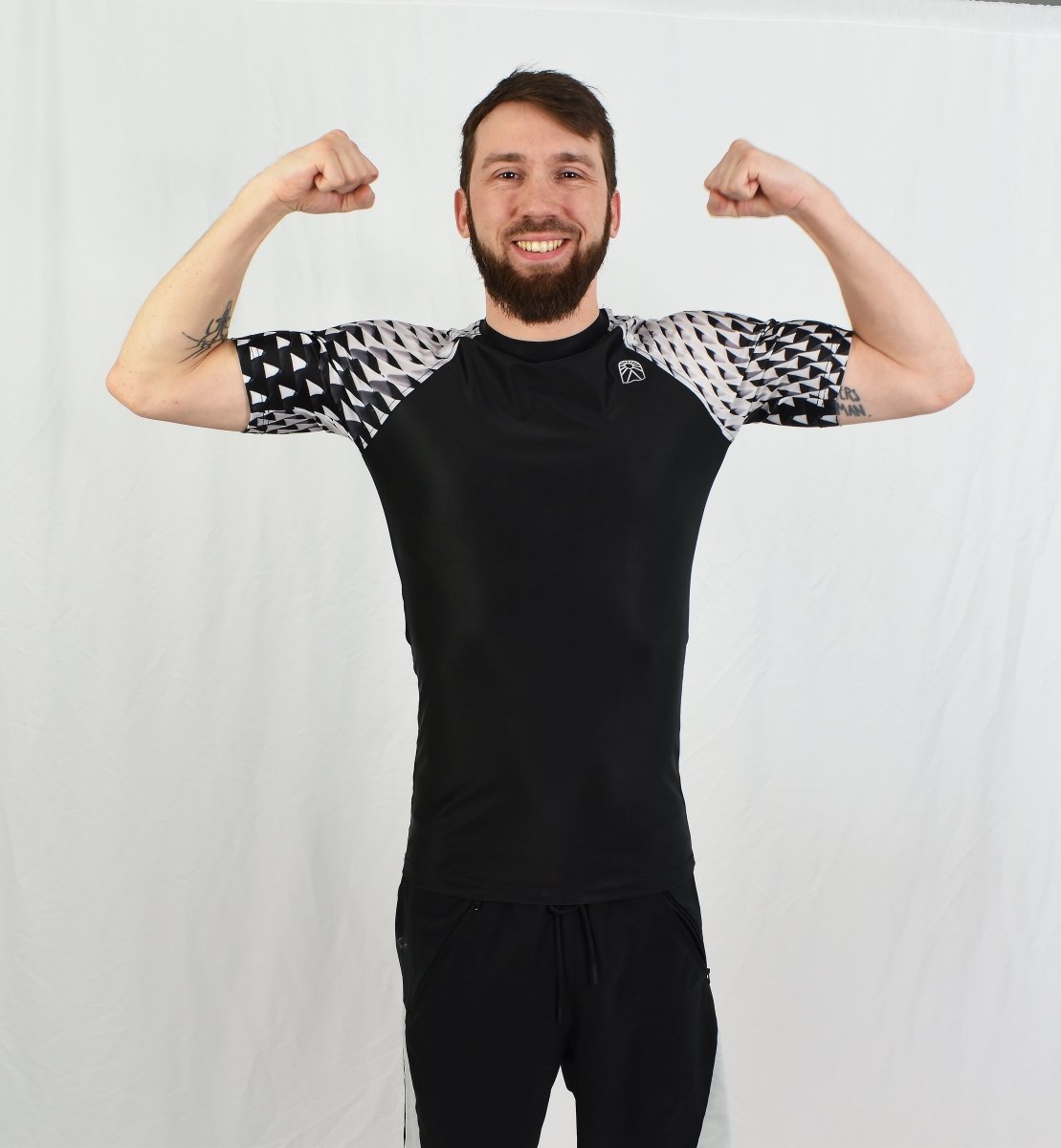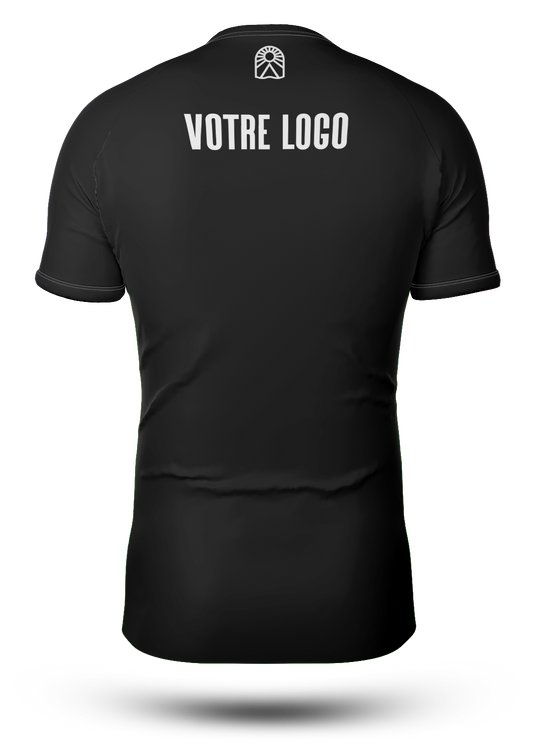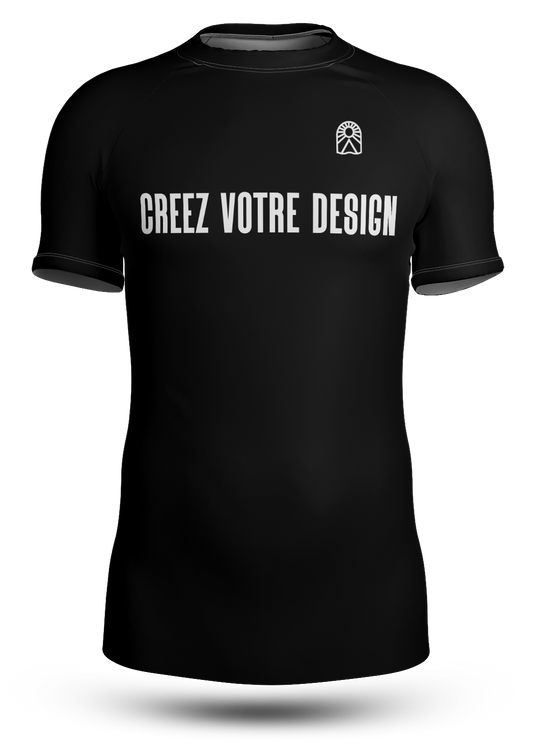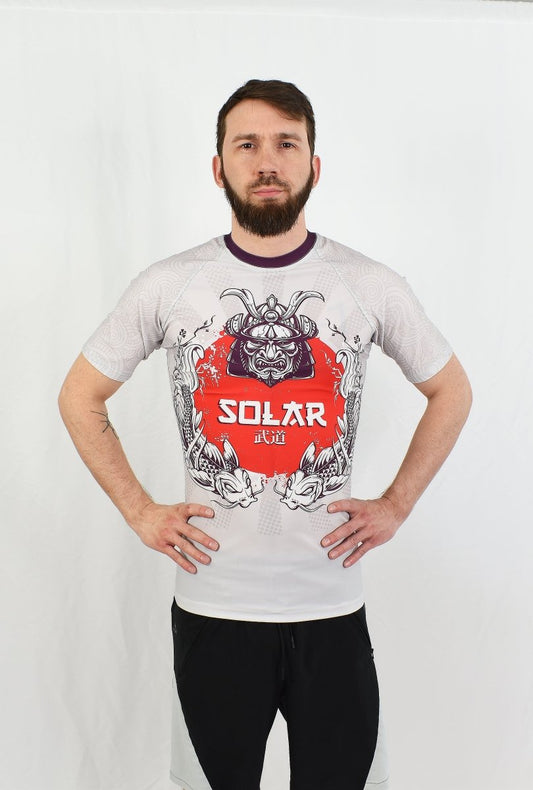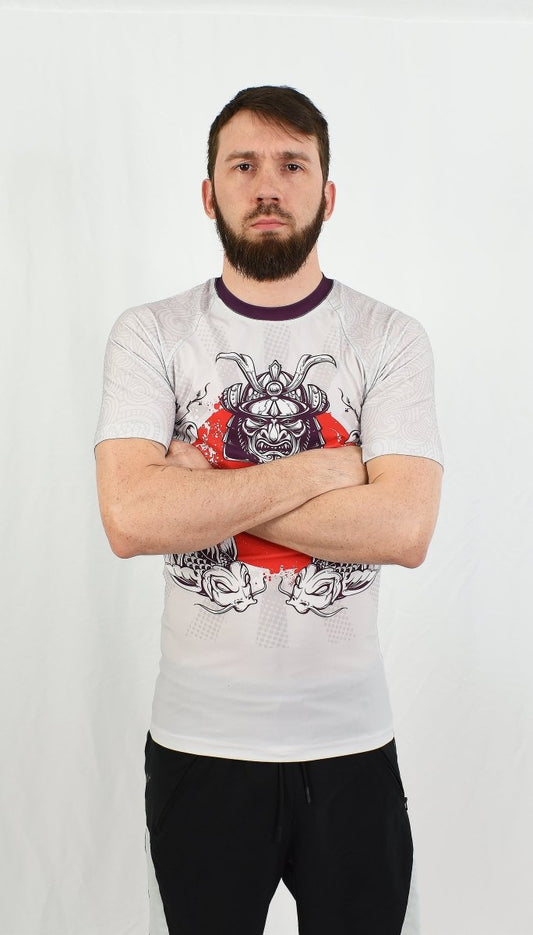
How Martial Arts Help Hyperactive Children Channel Their Energy
Solar FightwearHyperactive children face unique challenges that can affect their focus, relationships, and overall well-being. Between a lifestyle filled with screens, instant gratification, and a lack of physical activity, some can quickly develop hyperactivity.
Fortunately, this is absolutely not inevitable and there are solutions that can greatly help children channel their energy, teach them wonderful values and equip them for life: martial arts.
By combining discipline, focus, and physical activity, martial arts offer these young people an effective way to channel their energy in a positive way, express that energy, and learn valuable skills at the same time (while getting fit at the same time!).
Not only do martial arts help develop physical skills, but they also teach essential values such as respect, discipline, patience, mutual assistance, and perseverance.
In this article, you'll discover how martial arts can transform the lives of hyperactive children and provide them with valuable tools to thrive.
Understanding Hyperactivity in Children
Hyperactivity, often diagnosed as Attention Deficit Hyperactivity Disorder (ADHD) , is a condition that affects an increasing number of children today.
Hyperactive children have exceptionally high energy levels, which may manifest as:
- impulsive behaviors,
- difficulty sitting still,
- difficulty concentrating on a task for an extended period of time,
- difficulty managing emotions,
- difficulty with time and task management,
- a difficulty with the organization.
These behaviors can disrupt their school learning, their social interactions and even their family life.
Of course, there are medications available to treat hyperactivity. As I'm not a professional in this field, I won't comment on medication and advise you to follow your doctor's advice in this regard.
These difficulties can lead to a lot of frustration for both children and their parents and teachers. However, with the right support and interventions, these children can learn to manage their energy and channel their behaviors constructively.
The causes of hyperactivity are varied and can include genetic, environmental, and neurological factors. It is important to note that every child is unique, and the manifestations of ADHD can vary considerably from one individual to another. Therefore, approaches to helping these children must be personalized and tailored to their specific needs.
Martial arts, with their many benefits, offer a promising solution to help these children find balance and flourish.
The Benefits of Martial Arts for Children
Martial arts are not just a form of physical exercise; they encompass a set of practices that promote children's holistic development and help release their energy. By combining movement, discipline, focus, and long-term goals, martial arts provide a structure that can be especially beneficial for hyperactive children.
Spend your energy
One of the most obvious benefits is energy expenditure. Regular training and intense sessions allow children to release excess energy in a controlled manner. The benefits are noticeable very quickly. Although most children have physical education classes at school, they spend a large majority of their time sitting motionless, listening to theoretical instructions. They need to expend their energy!
Precious values
In addition to physical activity, martial arts teach fundamental values such as respect for oneself and others, patience, perseverance, and humility.
These values are integrated into every aspect of training, whether learning new techniques or interacting with instructors and peers. For hyperactive children, these lessons are crucial because they help them develop essential social and emotional skills.
When practicing martial arts, the child will inevitably have to learn to respect his instructors, control his emotions when things get difficult or don't go his way, develop long-term goals, learn that results come with work, etc.
Set motivating goals
Martial arts also provide a structured environment where children can learn to follow instructions and set goals (for a belt advancement in karate , for example!).
Progressing through belts and skill levels provides regular opportunities to celebrate achievements, which builds motivation and self-confidence. In fact, many martial arts, such as karate, jiu-jitsu, and even judo, have a belt system that can motivate participants.
For children who often struggle with self-esteem due to their hyperactivity, these small victories can have a significant impact on their self-perception and sense of competence.
Besides, starting martial arts isn't that big of a challenge! With the right support, the right goals, realistic expectations, and a good coach, starting martial arts, like Jiu-Jitsu , can make a huge difference in your child's life.
How Martial Arts Improve Focus
One of the biggest challenges for hyperactive children is difficulty concentrating. Martial arts, however, require sustained attention and intense concentration. Each movement, each technique, requires precision and focus that forces the child to be fully present in the moment. Just think of the jab; in boxing, a simple movement can be perfected and meticulously improved (see our article How to Jab Well ).
Learning kata (pre-defined sequences of movements organized in a mock fight) or fighting techniques requires constant repetition, which helps strengthen the ability to focus on specific tasks. These are particularly effective in getting the child to calm down, focus on their movements, remember specific movement sequences, and concentrate on making the perfect move!
Meditation and breathing exercises, often incorporated into martial arts, also play a crucial role. These practices help children calm their minds and center themselves. Learning to breathe deeply and meditate can be particularly beneficial for hyperactive children, as it gives them tools to manage their energy and emotions. These techniques can be used not only in the dojo but also in other aspects of their daily lives, including school and home.
If he's brought into sparring, martial arts will quickly teach him how to manage his emotions, manage his intensity, and focus on his fight. He'll quickly learn that he can't just rush in and do whatever he wants. On his own, he'll sit down and think about his fights, energy management, movements, and so on.
Having to focus on the instructors' instructions and demonstrations also strengthens active listening and the ability to follow directions.
It quickly becomes clear that all these skills are transferable to other contexts and areas of life, helping children to behave better in class, possibly at work, and to interact more productively with their teachers and peers.
Ultimately, the focus learned through martial arts can lead to better academic performance, greater personal satisfaction, and ultimately, being better equipped to operate in life.
Development of discipline through martial arts
Discipline is a central pillar of martial arts. From their first lesson, children learn the importance of following the rules, respecting their instructors, practicing regularly, staying quiet, and not interrupting the instructor.
For hyperactive children, who can often act impulsively and struggle to follow routines, this structure can be extremely beneficial. The repetition of movements and techniques instills discipline that gradually becomes second nature.
Discipline in martial arts is not limited to physical training. It also encompasses respect for others, punctuality, appropriate dress, and general behavior. Every aspect of the practice teaches children to be responsible for their actions and understand the consequences of their behavior.
Additionally, the discipline instilled by martial arts can translate into better time management and more efficient organization, skills that are often difficult for hyperactive children.
By learning to engage in regular routines and set realistic goals, these children can better structure their day and complete tasks more efficiently. The discipline acquired in martial arts thus becomes a valuable life skill that helps them navigate other areas of their lives.
Building Self-Confidence in Hyperactive Children
Hyperactive children can often struggle with self-esteem issues due to their difficulty meeting academic and social expectations. They compare themselves to others and experience problems or difficulties that other children do not.
Martial arts provide an environment where every child has the opportunity to succeed and feel valued. Progressing through belts and skill levels is a process that builds self-confidence. Through martial arts, children learn to work hard, set goals, and progress in their martial arts. Inevitably, this leads to a sense of accomplishment and increased self-confidence.
Each new technique mastered and each belt earned are tangible achievements that reinforce the feeling of competence and accomplishment.
Martial arts also teach children to defend themselves and feel safe in their own bodies. This skill can be especially important for hyperactive children, who may sometimes feel vulnerable or out of control. Knowing they have the skills to protect and defend themselves can greatly improve their sense of security and self-confidence.
Finally, positive interactions with instructors and peers in a supportive and respectful environment can also build self-confidence. Children learn to give and receive constructive feedback, work as a team, and support each other.
These positive experiences can transform their self-perception and give them the courage to take on other challenges in their daily lives. Since a hyperactive child will often be reprimanded at school or at home for their behavior, through martial arts, they can then progress and develop more positive interactions.
How to Choose the Right Martial Arts Style for Your Child
Choosing the right martial arts style for a hyperactive child is an important decision that must be made with the child's needs and preferences in mind. Each martial arts style is unique, and it's crucial to find the one that best suits the child's personality and interests. Some martial arts emphasize specific aspects. Your child may hate Taekwondo but enjoy Jiu-Jitsu. You'll have to give it a try!
For example, if your child is particularly energetic and enjoys dynamic movements, styles like taekwondo or kung fu might be ideal.
It's also important to consider the martial arts school's approach and philosophy. Two schools can be completely different, so don't immediately consider changing martial arts if your child doesn't like it. It may also be a matter of philosophy or approach.
Some schools emphasize competition and performance, while others focus more on personal development and discipline. It can be helpful to visit several schools, meet with the instructors, and observe a few classes before making a decision. Ask questions, observe classes, and seek feedback from other parents or students.
Finally, it's essential to consider long-term goals. Martial arts is a long-term commitment, and it's important to choose a style and school that supports your child's continued development. Talk to your child about their interests and goals and involve them in the decision-making process. By finding the right style and school, you can help your child take full advantage of the many benefits martial arts have to offer.
Specific characteristics of certain martial arts
Martial arts encompass a wide range of techniques and styles, each offering unique benefits for hyperactive children.
For example, karate emphasizes kata, sequences of precise movements that require intense concentration and muscle memory. This repetitive practice helps children improve their attention and ability to focus on specific tasks.
Taekwondo , with its dynamic kicks and jumping techniques, offers a great way for children to release their energy in a controlled manner. The quick movements and kick sequences require coordination and agility, which helps develop fine motor skills and hand-eye coordination. Additionally, taekwondo competitions can provide additional opportunities to build self-confidence and a healthy competitive spirit.
Judo , on the other hand, emphasizes throwing and ground-wrestling techniques. This discipline teaches children to use their opponent's energy to their advantage, which can be a valuable lesson in control and strategy. Judo also promotes respect and fair play, as competitions and training take place in a cooperative and respectful environment.
Conclusion and final recommendations
Martial arts offer a valuable and effective solution to help hyperactive children channel their boundless energy constructively. By combining physical activity, discipline, focus, and moral values, martial arts provide a structured and supportive environment in which children can thrive.
The specific techniques used in different martial arts styles offer unique experiences, allowing each child to find the practice that suits them best.
It is essential for parents and educators to recognize the transformative potential of martial arts for hyperactive children. By encouraging them to participate in these activities, we give them the tools they need to develop their focus, discipline, self-confidence, and social skills. Martial arts are not just a way to expend energy; they are a path to greater self-understanding, increased control, and balanced personal development.
In conclusion, martial arts can play a crucial role in the well-being and development of hyperactive children. By choosing the right style and school, and by supporting children in their practice, we can help them transform their boundless energy into a positive force and build a more balanced and fulfilling future.
